切爾諾貝利核電站和福島第一核電站是人類核電歷史上發生的兩大事故。切爾諾貝利核電站事故發生在1986年4月26日,而福島第一核電站事故發生在2011年3月11日。在切爾諾貝利核電站事故發生後,核電站周邊形成了半徑500公里的輻射污染區,而福島第一核電站周邊形成了半徑60公里的輻射污染區。這兩起事故有著不同成因,造成了不同的後果,但同樣都留下了令人憂愁的景觀。一些照片顯示福島第一核電站同切爾諾貝利核電站看上去並無二致。


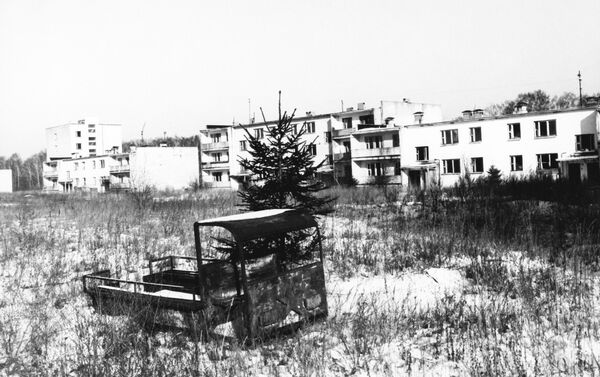
Picture taken in April 1992 in a village in Gomel area abandoned because of the radioactive contamination produced by the Chernobyl nuclear plant No. 4 reactor's blast, 26 April 1986, the world's worst nuclear accident of the 20th century.
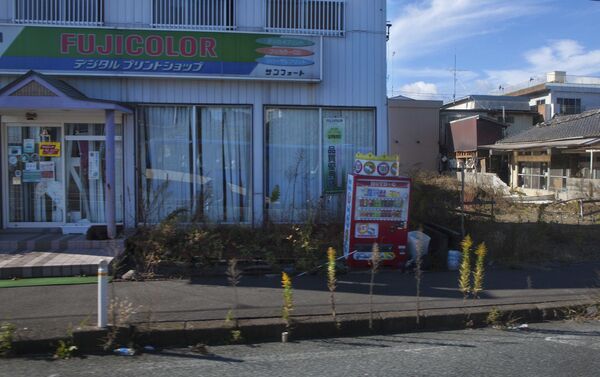

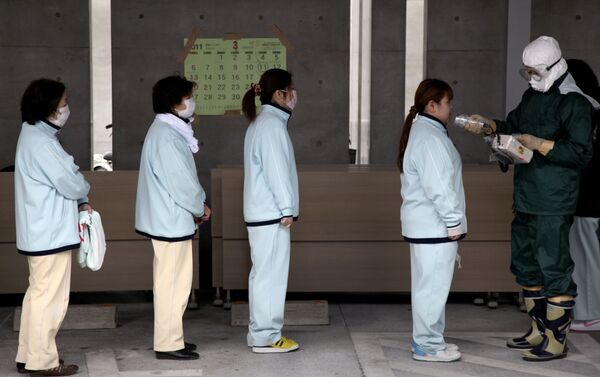
Picture taken in April 1992 in a village in Gomel area abandoned because of the radioactive contamination produced by the Chernobyl nuclear plant No. 4 reactor's blast, 26 April 1986, the world's worst nuclear accident of the 20th century.
2009年,福布斯雜誌(Forbes )稱切爾諾貝利核電站是地球上對旅遊者來說最有異域情調的地方。各個旅遊公司競相推出前往切爾諾貝利核電站的遊覽路線,行程從1天到30天不等。烏克蘭Go2Chernobyl旅遊公司向衛星新聞社和廣播電台記者介紹說,他們公司的客流有時達到每星期3000至4000人之間,這些客戶主要是臨近國家的公民。他們說,一個來自日本的客戶想在福島第一核電站組織類似的旅遊線路。

在福島第一核電站災難過去1年後,2012年秋天,日本哲學家東浩紀(Azuma Hiroki)第一個正式提出發展福島旅遊的主張。按計劃,截至2036年,遊客不用身著防護服,即可在幾百米的距離內接近受損的核電站。但這一項目遭到了福島縣行政當局的壓制。
"2012年4月15日,我首次陪伴一行人,他們請求我帶他們遊覽我所居住的南相馬市(Minamisōma)的郊區。我為他們制訂了‘距福島第一核電站20公里遊覽路線'。到現在,我們已經為1萬多人提供了這種旅遊服務。"
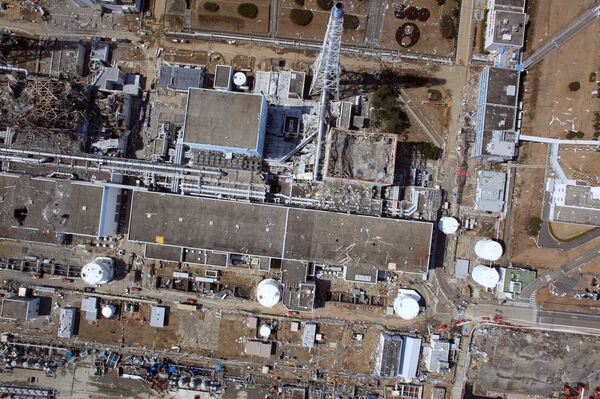
衛星新聞社和廣播電台(Sputnik)的記者們還與福島第一核電站的私人伴游平井裕太(Yuta Hirai)進行了交談。他說:
"前來福島旅遊的有各色人等:學者,大學生;那些過去同這些地區有某種聯繫的人們;那些以某種方式感覺個人生活與福島第一核電站悲劇相關的人;也有許多收集情報的研究者和記者。如果有團組前來,那麼一個月可能會有20到30個人。但有時候誰也不會來。"他還指出,讓福島縣的居民瞭解,外界仍在關注他們是至為重要的。
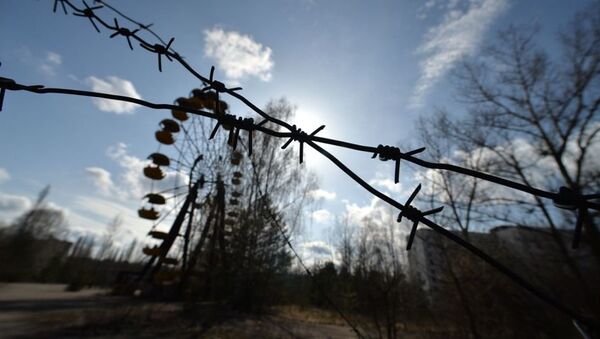



 京公網安備11010502053235號
京公網安備11010502053235號